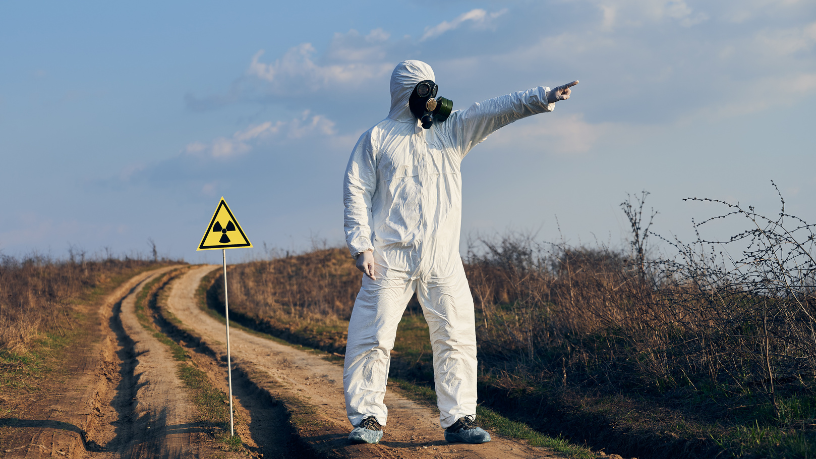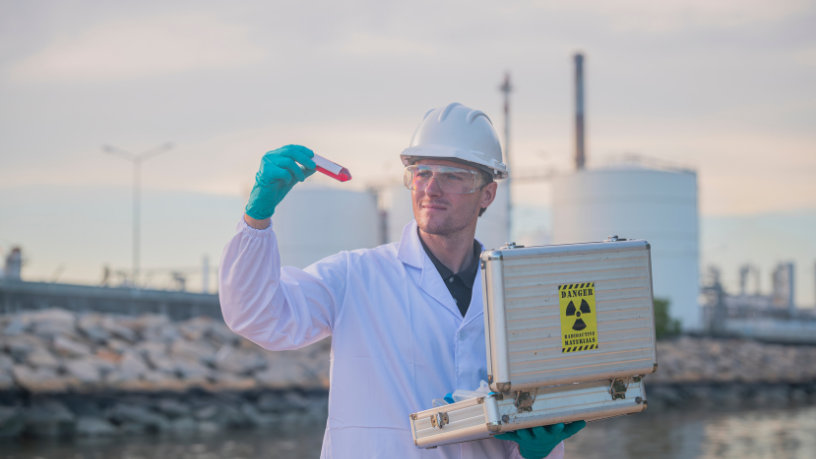Radiation exposure during imaging exams has always been a concern for both patients and healthcare professionals. According to Dr. Gustavo Khattar de Godoy, although techniques such as X-rays, CT scans, and mammograms are essential for accurate diagnoses, ionizing radiation can pose risks, such as increased chances of cancer with repeated exposure.
Fortunately, technological advances have made it possible to conduct exams with increasingly lower doses of radiation without compromising image quality. Below, we explore the innovations that are reducing radiation exposure and their positive outcomes for public health.
Which technologies are reducing radiation exposure in imaging exams?
One of the main innovations is low-dose computed tomography (CT), which uses advanced image protection algorithms to maintain diagnostic quality while significantly reducing radiation. Companies like Siemens and GE Healthcare have already developed CT machines that cut the dose by up to 80% compared to traditional equipment.

Another major breakthrough is the use of artificial intelligence (AI) in dose optimization, highlighted by radiologist Dr. Gustavo Khattar de Godoy. AI systems analyze images in real time and automatically adjust radiation intensity as needed, ensuring only the minimum required for a precise diagnosis. These technologies not only protect patients but also the professionals operating the equipment by reducing their occupational exposure over time.
How do these advances impact public health?
Lower radiation exposure directly contributes to the prevention of diseases related to ionizing radiation, such as certain types of cancer. Patients who require ongoing monitoring, such as those with chronic illnesses or trauma victims, benefit the most since they can undergo repeated exams with less risk. Additionally, children — who are more sensitive to the effects of radiation — gain greater safety in diagnostic procedures, which is crucial for their development.
According to Dr. Gustavo Khattar de Godoy, on a population scale, the adoption of these technologies can reduce costs associated with treating radiation-induced diseases, easing the burden on healthcare systems. Screening programs, such as mammograms and CT scans for smokers, become safer and more accessible, enabling early diagnoses without increasing health risks.
What are the challenges to adopting these technologies?
Despite the benefits, upgrading to low-radiation equipment faces challenges such as high acquisition and maintenance costs, as noted by Dr. Gustavo Khattar de Godoy. Hospitals and clinics, particularly in under-resourced areas, may struggle to modernize their technology infrastructure. Additionally, operating these machines requires specialized training, demanding investment in professional development, which may delay widespread adoption.
Another challenge is resistance to change from some professionals who may doubt the effectiveness of new technologies. Comparative studies and awareness campaigns are essential to demonstrate that dose reduction does not compromise diagnostic quality. Government regulation also plays a key role in encouraging the replacement of outdated equipment with safer alternatives.
In conclusion, technological advancements in radiology are enabling safer exams with lower radiation exposure, benefiting both patients and doctors. From low-dose CT scans to AI systems that optimize radiation emission, these innovations represent a leap in safety and diagnostic efficiency. According to Dr. Gustavo Khattar de Godoy, the future of radiology lies in the combination of technology and policy.
Author: Eura Tymal







